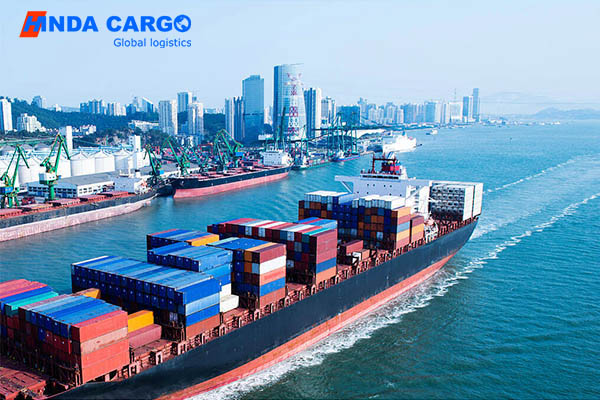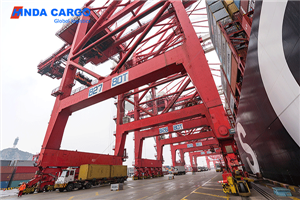¿Qué aspectos hay que tener en cuenta en el comercio entre Vietnam y Estados Unidos en 2025?
Vietnam's export trade with the US in 2025 needs to focus on the following matters, involving policy compliance, supply chain adjustment and market strategy:
⚠️ 1. Avoid the risk of high tariffs
Be alert to 46% reciprocal tariffs
The US plans to impose 46% tariffs on Vietnam's exports to the US from July 9, 2025 onwards (covering 6 core categories of products such as electronics, textiles, aquaculture, etc., accounting for 74% of Vietnam's exports to the US). If negotiations are unsuccessful, enterprises will need to cope with cash flow pressure in advance (e.g., high tariffs need to be advanced under the DDP model).
Special Goods Exemption Window
Some commodities such as synthetic leather (HS Code 5903.90) are temporarily entitled to tariff exemption until the end of June 2025, and enterprises can accelerate customs clearance to reduce costs.

📍 2. Strict adherence to rules of origin
U.S. Determination Criteria
Goods need to meet any of the following conditions to be recognized as Vietnamese origin:
Customs code change (change in the first 6 digits of HS, e.g., metal raw materials → bicycle parts);
regional value component ≥ 40% Regional value content ≥ 40% (local value added in Vietnam);
Specific processing (e.g. textiles need to complete spinning/weaving).
Avoiding the suspicion of “origin laundering”
The Vietnamese government has stepped up customs scrutiny of the labeling of Chinese goods transiting through Vietnam, and non-compliant enterprises will face high fines;
Products containing more than 30% Chinese components may be subject to additional tariffs retroactively.
🔧 3, supply chain depth adjustment
Reduce dependence on Chinese raw materials
The US requires Vietnam to significantly reduce the use of Chinese components (e.g., the proportion of Chinese components in electronic equipment needs to be cut), forcing enterprises to rebuild local supply chain systems.
Promote localization of production
Case: Guangdong garment enterprises moved sewing and packaging to Vietnam, retaining the domestic cutting process, both compliance and cost reduction of 40%;
The Vietnamese government plans to raise the automation rate of the manufacturing industry from 35% to 60% in five years, reducing the dependence on labor costs.
🌐 4. Explore alternative markets
Leveraging FTAs to transfer risks
Reselling aquatic and other commodities to the EU and Japan through the CPTPP (current tariffs of 3%-5%);
Developing the Middle East's solar equipment market (tariff concessions of 5%-8%).
Broaden channels by joining BRICS
Vietnam as a BRICS partner country to integrate the “China technology + ASEAN manufacturing” model to hedge against US market risks (e.g. cooperation in rare earth processing).

⚖️ 5. Cope with political games
Cooperate with U.S. regulatory requirements
Vietnam's customs system or access to the U.S. traceability database, photovoltaic, lithium batteries and other sensitive commodities need to be synchronized with the whole process information
Beware of the extension of trade sanctions
The United States pressured Vietnam to impose anti-dumping duties on Chinese steel, the relevant industry chain needs to anticipate the chain reaction of policies.
💎 Summary of recommendations: Enterprises should accelerate inventory clearance to seize the tariff window, while restructuring the supply chain to enhance the localization rate (target ≥ 60%), and diversify the layout of the market to spread the risk through the origin compliance certification (such as applying for C/O certificate of origin). Vietnam's policy swing in the U.S.-China game will continue to affect the trade ecology, and we need to dynamically track the progress of the negotiations.




